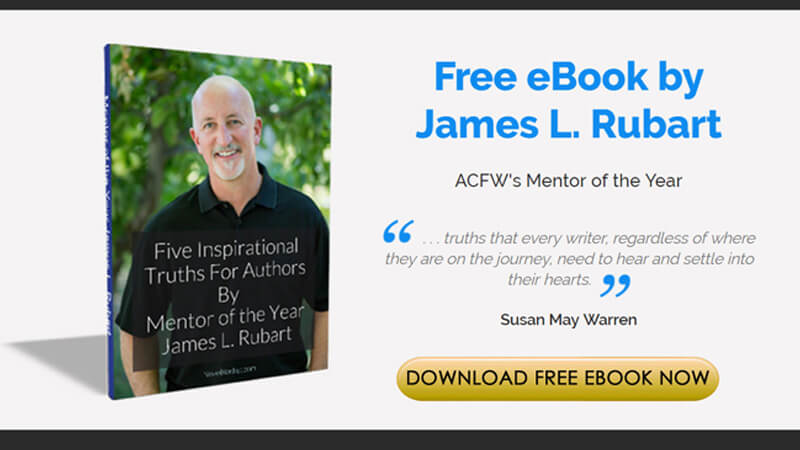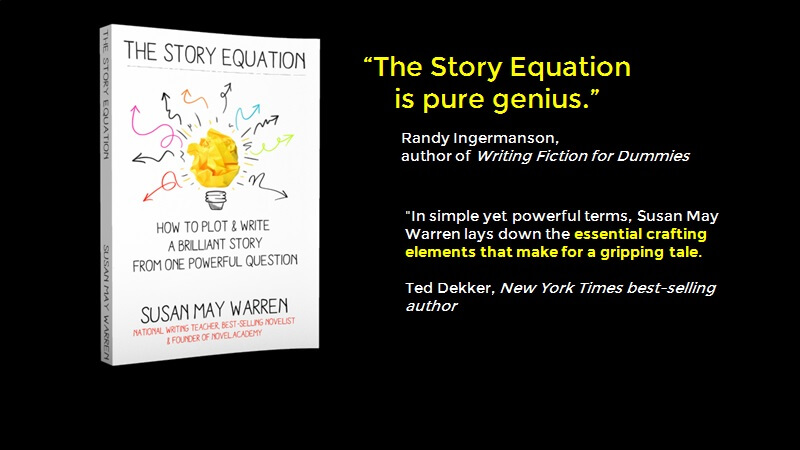DiAnn Mills is a multi-published author whose books have pleased young and old alike. Her latest release, Awaken my Heart is scheduled for release this month. Now, DiAnn shares her insight for creating characters your readers will cherish. What books have touched your life in such a way that you will never be the same? What grabbed your attention and lifted you onto a magic carpet and carried you away to an unforgettable adventure? You already know the answer. The writer created credible, colorful, compelling characters. Have you ever asked how the writer managed that feat? Is there a secret to characterization? Have you ever challenged yourself to create characters that are dynamic and real?
What books have touched your life in such a way that you will never be the same? What grabbed your attention and lifted you onto a magic carpet and carried you away to an unforgettable adventure? You already know the answer. The writer created credible, colorful, compelling characters. Have you ever asked how the writer managed that feat? Is there a secret to characterization? Have you ever challenged yourself to create characters that are dynamic and real?
 Developing characters is a two-fold process: first, the external landscape, the easy and fun part of putting physical descriptions on the people of your story. However, some of the physical attributes of your characters can affect the way your character views life, others, and himself. Second is the internal landscape or the characteristics that propel your story along – sort of like the gasoline in the vehicle of your story’s journey. From the internal landscape, you will develop the motivation that fires up your plot.
Developing characters is a two-fold process: first, the external landscape, the easy and fun part of putting physical descriptions on the people of your story. However, some of the physical attributes of your characters can affect the way your character views life, others, and himself. Second is the internal landscape or the characteristics that propel your story along – sort of like the gasoline in the vehicle of your story’s journey. From the internal landscape, you will develop the motivation that fires up your plot.Characterization takes time, imagination, brain-storming, people-watching, listening to dialogue from others, and studying the craft from respected authors.
A writer describes his characters in dialogue, appearance, setting, plot, strengths, values, victories, defeats, weaknesses, and in flaws. The internal landscape is all those things that make your characters and their story compelling, credible, and colorful. It establishes motivation. I suggest you spend less time dressing your characters and more time getting to know what motivates them.
*Note, I put a lot of emphasis on motivation. After all, motivation is what nudged you to read this article. It is the key to superb characterization. There is more than one way to develop your characters. Some use the four personality traits as explained by the Litthauers. Others prefer using the Myers-Briggs testing. Still others pick up a psychology book. I have a stack of resources that help me determine the inner landscape of my characters.
If I asked you to list all the things you want, I would imagine you could fill several sheets of paper with those items that you felt certain would bring you joy. But if I asked you what you needed, you might not be able to list those things. The reason is that we all know what we want, but we don’t always know what we need. Our “wants” motivate us. Our “wants” shove us out of bed in the morning. Our “wants” keep us moving all day until our bodies give in to sleep. Our “wants” become our goals, and we are motivated. (That word again.) Just ask a child who has been instructed to share a toy. Stand aside as that child shows you the meaning of wants, needs, and high-impact motivation.
Pit your characters against worthy opponents. A writer does not want to bore the reader with weak heroes, wimpy heroines, or unlikely villains. Pack your stories with powerful action and events that are emotional, spiritual, and physical. Involve your characters in scenes, which show the characters making a variety of decisions that reveal their attitudes and reasoning in the sequels. Consider this: your total life experiences have formed you into the person you are today.
Character growth and strength are the key factors in making sure your story is real. Keep those characters dangling at the end of a rope with believable incidents – and show them holding on to their faith in God. According to their traits, a character might stand and fight or he might run from involvement, but give him the courage to try. Allow your characters to attempt what looks impossible, beyond his/her reach, the forbidden, or devastating.
“Character cannot be developed in ease and quiet. Only through experience of trial and suffering can the soul be strengthened, vision cleared, ambition inspired, and success achieved.” Helen Keller
John Gardner, a writer who wrote about writing, recommended that we create the best possible characters and allow the worst possible things to happen to them.
All of your favorite characters – whether in books or movies, have three things in common:
1. Unique perspective toward life, the world, and the people around them.
2. Guts to do whatever it takes to reach their goals
3. Shock value - the ability to do the unexpected
I have another question for you. What happens when you don’t get what you want? Nancy Kress states “the most important emotion in fiction is frustration.” How are your characters going to express their frustration when they can’t get what they want?
Kress gives the following reactions:
Anger
Tears
Determination to try harder
Blaming the closest persons
Blaming the whole universe
Blaming oneself
Drinking and or drugs
Venting to a trusted friend
Giving up
Seeking revenge on whatever is causing the frustration
Prayer
Affected stoicism
Depression
The following are a few tips to help you in the characterization process.
1. You can leaf through magazines and catalogs – Country Woman magazine has real women; so do year books,
2. If you know for example that an actor/actress was in a certain movie but you don't know that person's name, you can go to http://www.imdb.com/ (Internet Movie DataBase) to find out the name.
3. http://www.photos.com/ for character pics. You can type in what you want and get pages and pages of people and often various shots of the same person with all kinds of facial expressions.
http://www.gettymages.com./
SPIRIT-CONTROLLED TEMPERAMENT – Tim LaHaye
GETTING INTO CHARACTER – Brandilyn Collins
CHARACTER NAMING SOURCEBOOK – Sherrilyn Kenyon
BUILDING BELIEVABLE CHARACTERS – Marc McCutcheon
THE WRITER’S GUIDE TO CHARACTER TRAITS – Linda N. Edelstein, Ph.D.
CAREERS FOR YOUR CHARACTERS – Raymond Obstfeld and Frank Neumann
I KNOW WHAT YOU ARE THINKING – Lillian Glass, Ph.D.
THE POWER OF BODY LANGUAGE - Tonya Reiman
WRITING THE BREAKOUT NOVEL – Donald Maass
DYNAMIC CHARACTERS: HOW TO CREATE PERSONALITIES THAT
KEEP READERS CAPTIVATED – Nancy Kress
10. Be careful of the sites – some could be racy
If you are like many writers, your best inspiration comes in the shower, in the middle of the night, or while you’re driving. Keep notepads with you at all times and keep pad and paper in every room. Consider investing in a small hand-held recorder to keep track of your moments of inspiration. For those of you who are always looking for a clever device to help you in the writing process, there is available a shower AM/FM radio and recorder. I use a white board especially for the shower. J Live with your characters: interview them about life and their views, find out their favorite restaurants, and why their goals are so important.
"A writer begins by breathing life into his characters. But if you are very lucky, they breathe life into you." --Caryl Phillips
If you'd like a characterization sketch to begin the foundation work for your characters, e-mail me at diann@diannmills.com. Check out my website at http://www.diannmills.com/.























Great tips, DiAnn. This is a post I'll be saving to refer to.
ReplyDeleteThere is so much information in here. Thank you so much for sharing with us, DiAnn!
ReplyDelete